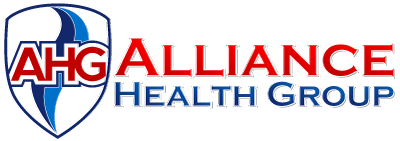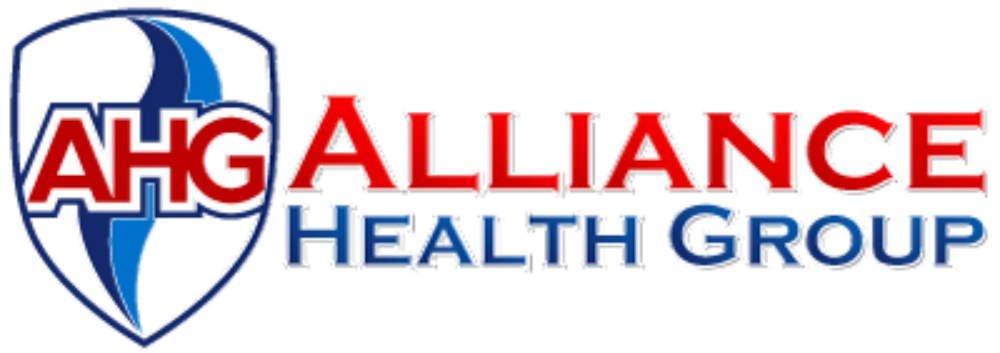
Are you wondering how you can maximize Medicare drug plan benefits? Medicare Part D covers outpatient prescription drugs for Medicare beneficiaries. Part D is not something you get automatically. You have to apply for it through private insurance providers that follow federal regulations. Having prescription drug coverage is crucial for 65-year-old adults and older.
However, determining the best Medicare Prescription Drug plan can be frustrating because there are various coverage options, copays, premiums, and deductibles. In this post, we’ll discuss how to choose the best Medicare drug plan and maximize Part D benefits.
Are All Medicare Part D Plans the Same?
No, not all Medicare Part D Prescription Drug Plans (PDPs) are the same. While they all must adhere to the basic requirements set forth by Medicare, such as covering a broad range of prescription drugs and meeting certain standards for cost-sharing, there can be significant differences between plans.
It’s important for Medicare beneficiaries to compare Medicare Part D plans carefully each year during the Annual Enrollment Period. This helps ensure they select the plan that best meets their needs and budget. Here are essential elements to consider when choosing the best Medicare drug plan.
- Formularies — Each plan has its own list of covered medications, known as a formulary. Formularies can vary widely between plans, so it’s essential for beneficiaries to choose a plan that covers the specific medications they need.
- Premiums and Cost-sharing — Premiums, deductibles, copayments, and coinsurance amounts can vary between plans. Some plans may have lower premiums but higher out-of-pocket costs for medications, while others may have higher premiums but lower copayments.
- Networks — Some plans may have preferred pharmacies where beneficiaries can get lower-cost prescriptions, while others may have broader pharmacy networks.
- Extra Benefits — Some plans may offer additional benefits beyond prescription drug coverage, such as coverage for certain over-the-counter medications, wellness programs, or mail-order pharmacy services.
- Restrictions — Plans may have restrictions such as prior authorization requirements or step therapy protocols for certain medications.
How to Maximize Benefits with the Best Medicare Drug Plan
Medicare Part D is a federal program in the United States designed to provide prescription drug coverage to Medicare beneficiaries. Beneficiaries can choose standalone prescription drug plans (PDPs) or opt for Medicare Advantage plans (Part C) that include drug coverage. Part D helps alleviate the financial burden of prescription medications for seniors and individuals with disabilities, offering access to a wide range of drugs at affordable prices.
Here are essential tips to help you maximize Medicare drug plan benefits:
Review Your Medications Annually
Periodically review your current medications with your healthcare provider to ensure they’re still necessary and appropriate. This helps you identify any medications that may no longer be needed or could be replaced with lower-cost alternatives covered by your Part D plan.
Choose the Right Plan
Each Part D plan has its own formulary, premiums, deductibles, copayments, and coinsurance. Compare plans annually during the Annual Enrollment Period to ensure you’re enrolled in the plan that best fits your medication needs and budget. Consider factors such as monthly premiums, out-of-pocket costs, coverage gaps (the “donut hole”), and pharmacy networks.
Use Preferred Pharmacies
Many Part D plans have preferred pharmacy networks where you can get your prescriptions filled at lower costs. Using pharmacies within your plan’s network can help you save money on copayments and coinsurance. Some plans may even offer additional discounts or incentives for using preferred pharmacies.
Consider Mail-Order Pharmacy Services
Some Part D plans offer mail-order pharmacy services, allowing you to order a 90-day supply of maintenance medications delivered directly to your home. Mail-order pharmacies often provide cost savings and added convenience, especially for medications you take regularly.
Utilize Medication Therapy Management (MTM) Programs
Some Part D plans offer Medication Therapy Management programs, which provide personalized medication reviews and consultations with pharmacists. These programs can help you better understand your medications, identify potential drug interactions or adverse effects, and optimize your medication regimen for improved health outcomes.
How to Choose the Best Medicare Drug Plan with AHG Brokers
We understand that it’s important for beneficiaries to review the formulary (list of covered medications) for each Part D stage and plan they’re considering to ensure that the drugs they need are covered. At AHG Brokers, our expert insurance brokers take the time to discuss and listen to your healthcare needs, from hospitalization and prescription drugs to out-of-pocket costs. We’ll guide you through the selection process and help you make informed decisions about the cost-sharing arrangements and protection you need.
Medicare drug plan covers a wide range of prescription medications, including:
- Generic and Brand-Name Drugs — Part D plans typically cover both generic and brand-name prescription medications.
- Medically Necessary Drugs — Plans must cover drugs that Medicare considers medically necessary, meaning they’re used to treat a health condition and are consistent with accepted medical practice.
- Vaccines — Part D plans may cover certain vaccines, such as the flu vaccine or vaccines for pneumococcal disease.
- Limited Over-the-Counter (OTC) Medications — Some Part D plans may offer coverage for certain over-the-counter medications with a doctor’s prescription, such as insulin and certain smoking cessation drugs.
- Specialty Drugs — Many Part D plans cover specialty medications used to treat complex or chronic conditions, although cost-sharing for these drugs may be higher.
- Excluded Drugs — Part D plans do not cover all drugs. Exclusions may include medications for weight loss or gain, fertility, cosmetic purposes, and certain over-the-counter drugs.

Frequently Asked Questions
When can I enroll in Medicare Part D?
Initial Enrollment Period (IEP) for Part D typically begins three months before your 65th birthday month, includes your birthday month, and ends three months after. There’s also an Annual Enrollment Period (AEP) from October 15 to December 7 each year, during which you can enroll, switch, or drop Part D coverage.
What does Medicare Part D cover?
Part D plans cover a wide range of prescription drugs, including generic and brand-name medications deemed medically necessary by Medicare. However, coverage specifics can vary between plans, so it’s important to review each plan’s formulary to ensure your medications are covered.
How much does Medicare Part D cost?
Part D costs vary depending on factors such as the specific plan you choose, your income, and the medications you take. Costs may include premiums, deductibles, copayments, and coinsurance. Some beneficiaries may qualify for Extra Help, a program that helps cover Part D costs for individuals with limited income and resources.
Can I change my Medicare Part D plan?
Yes, you can change your Part D plan during the Annual Enrollment Period (AEP) from October 15 to December 7 each year. You can also switch plans during special enrollment periods if you experience certain qualifying life events, such as moving to a new area with different plan options or losing other prescription drug coverage.
Conclusion
For Medicare beneficiaries, it’s important to review your choices before submitting a Medicare application. If your Medicare drug plan does change, you can change plans during the Annual Enrollment Period (AEP), which runs from October 15 to December 7. The changes will take effect next January 1st. If you have Medicare questions about your prescription drug plan coverage, premiums, or eligibility, simply contact us.

